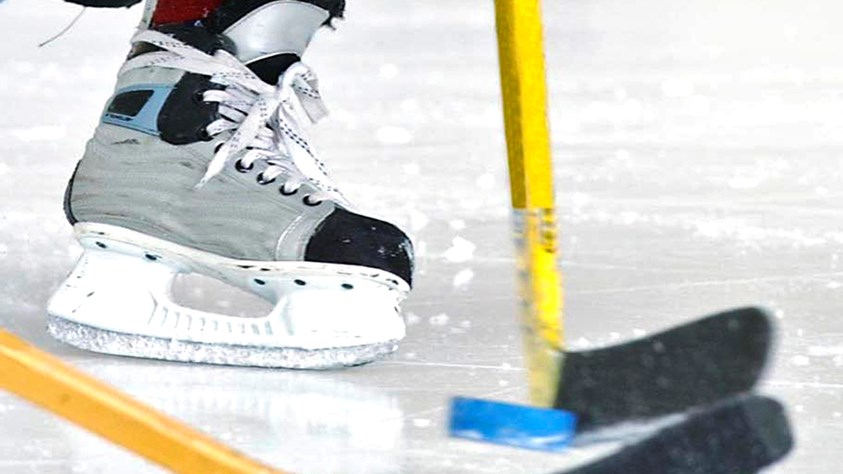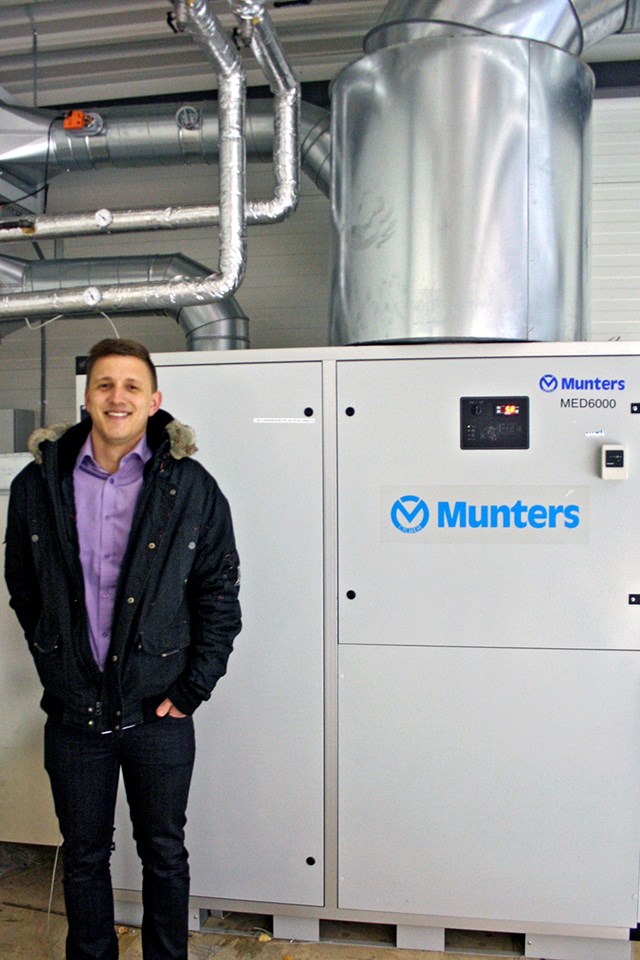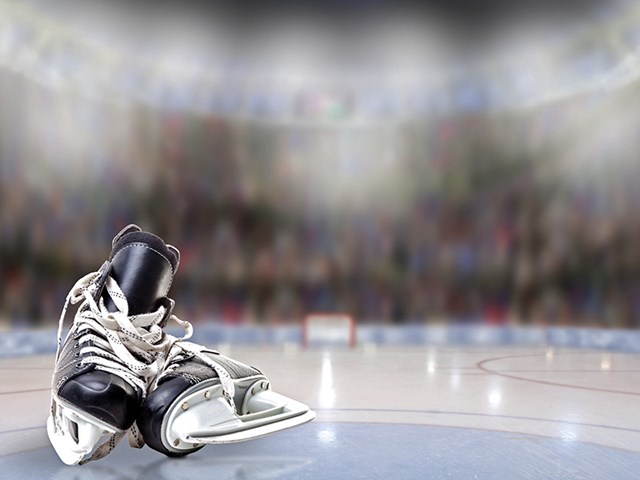Du måste acceptera vår privacy policy for att kunna skicka förfrågan.
Område
Logga in
Industrier
-
Jordbruk
- Bilindustri
- Battery
- Kemiska processer
-
Kommersiella & offentliga byggnader
-
Avfuktning i konstruktion
- Data centers
-
Försvars- och flygindustri
-
Elektronik
-
Livsmedel & dryck
-
Allmän Industri/Produktion
-
Växthus
-
Sjukvård
- Olja, Gas & Petroleum
- Läkemedelsindustri
-
Kraftindustri & Distribution
- Tryck och papper
-
Sport och fritid
-
Detaljhandel
-
Skeppsbyggnad & Marint
- Stålindustrin
-
Lagring, förvaring och arkiv
- Tillfälliga lokaler
- Vatten och avloppsvatten
Applikationer
- Komfortsystem för byggnader
- Kyl- och frysrum
- Kombinerad temperatur- & luftfuktighetskontroll
-
Kylning
-
Data center cooling
- Avfuktning
-
Torkrum
- Energiåtervinning
-
Farm-management
-
Luftvärmning
-
Befuktning
-
Mist Elimination and Gas Liquid Separation
- Droppavskiljning
- Föroreningskontroll & VOC-reduktion
- Spray drying
-
Ventilation
- Service
- High-Temperature
-
Massaöverföring
- Air Cleaners for Agriculture
- Avfuktare
- Befuktare & Kylare
- Droppavskiljare
- Energiåtervinningsprodukter
- Fläktar för djurhållning och växthus
- Kombinerad temperatur och luftfuktighet
- Kontrollsystem för djurhållning och jordbruk
- Luftintag för djurhållning och växthus
- Luftrening för djurhållning och växthus
- Massöverföring
- Värmare för djurhållning och växthus



